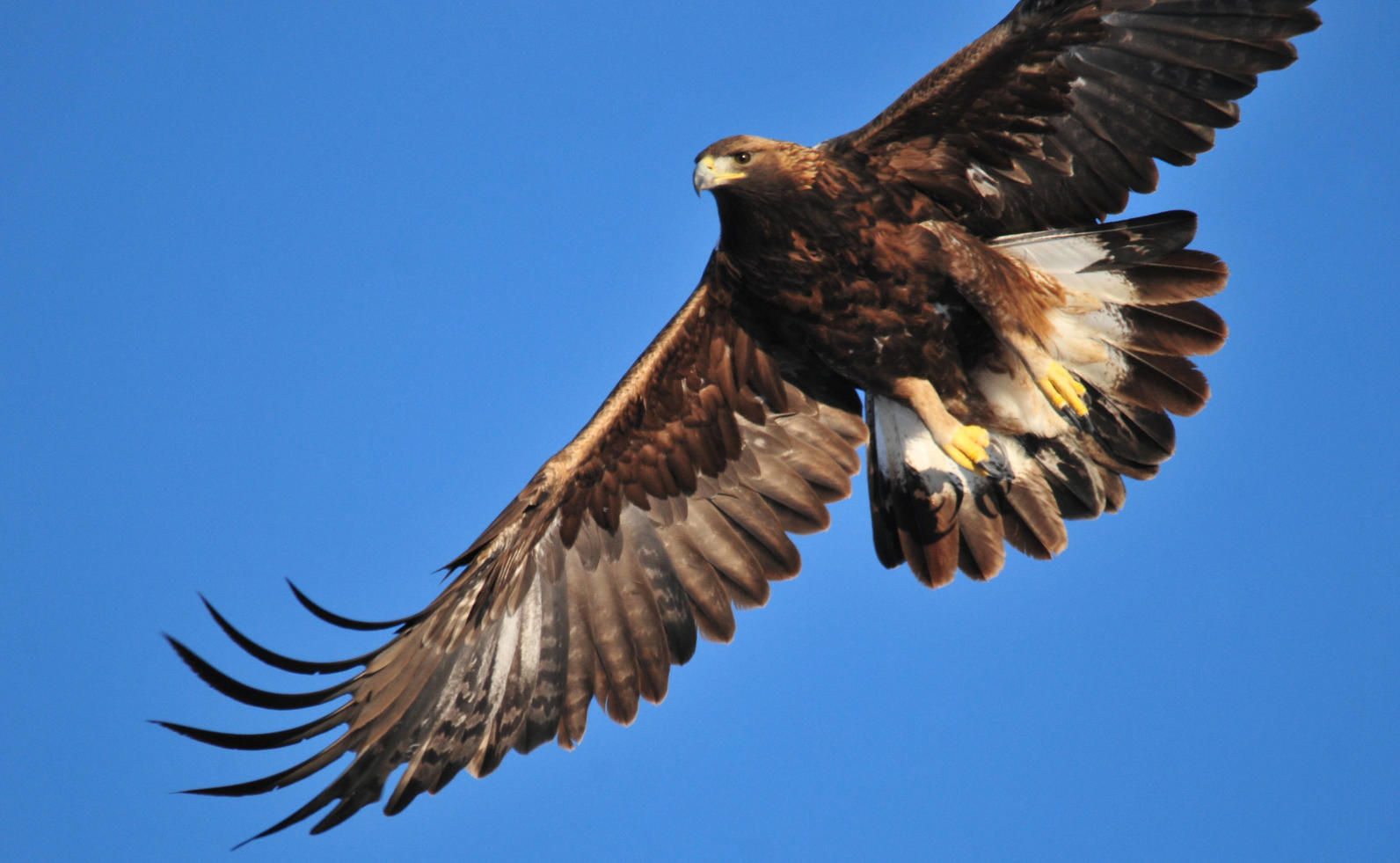Latest News and Updates from Audubon in California
California Condor. Photo: Scott Frier/USFWS
Great article in the New York Times talking about how bird migrations are perfectly suited to the availability of food and habitat -- and the climate change threatens to upset this delicate system.
Buried in this mid-December article about negotiations to finalize a plan to avoid shortages at the Colorado River are early details of the much-awaited 10-year management plan for the Salton Sea. This is the plan that the state will eventually rely upon to protect bird habitat at the Salton Sea, and reduce dangerous dust pollution caused as the sea recedes. Anyway, here's what the article says about the plan:
"The document, which was obtained by The Desert Sun, summarizes the state’s proposals for a “smaller but sustainable lake” and lays out broad goals for building new wetlands along the lake’s receding shores to cover up stretches of exposed lake bottom and provide habitat for birds.
The document says an estimated 50,000 acres of “playa” will be left dry and exposed around the lake by 2028. The construction of “water backbone infrastructure” is to begin with ponds where water from the lake’s tributaries will be routed to create new wetlands. According to the 24-page document, which describes the Salton Sea Management Program, initial construction will start on exposed lakebed west of the mouth of the New River “to take advantage of existing permits.”
The draft says that in addition to building wetlands, the state also will use “waterless dust suppression” techniques in some areas. Those approaches can include using tractors to plow stretches of lakebed to create dust-catching furrows, or even laying down bales of hay on the exposed lake bottom as barriers to block windblown dust."
Audubon California has been deeply involved in the process of creating the state management plan, and will continue to advocate for sufficient habitat for birds and other wildlife. A recent report from Audubon California determined that the Salton Sea needs to provide about 58,000 acres of habitat to maintain the bird populations currently using the lake.

A extremely rare appearance of a Common Pochard in Humboldt Bay has drawn flocks of birders to the area. But some have expressed concern that duck hunters will shoot the bird as a prize. Audubon California policy director, Michael Lynes, offers his insight in the Sacramento Bee:
"My argument for why I hope someone doesn’t kill this duck is this: It would be nice if hundreds of people could enjoy this rare event, rather than just the one person who could shoot it.”
Audubon California's Khara Strum recently took to Capital Public radio to talk about migratory birds in the Central Valley, and particularly how they use agricultural fields as surrogate habitat. Listen to the interview here.

To the great disappointment of Audubon, the U.S. Fish & Wildlife Service earlier this month finalized a 30-year permit that will allow private and public developers in the United States, including energy companies, construction projects, and homeowners, to apply for 30-year “incidental-take permits.” These licenses absolve them of a predetermined amount of Bald Eagle deaths every year, and exempt them from being prosecuted under the Bald and Golden Eagle Protection Act. This amounts to a six-fold increase from the existing permit duration. Species such as the Bald Eagle and Golden Eagle are normally protected by federal laws, including the Migratory Bird Treaty Act and the Bald and Golden Eagle Protection Act.
Good article in the Santa Rosa Press Democract about toyon, which provides a lot of food for winter birds:
"Resident and migratory birds such as quail, finches, towhees, California Thrasher, bluebirds, flickers, bluebirds, grosbeaks, waxwings, band-tailed pigeons and mockingbirds feed on them. It takes about two months for the berries to ripen, which is why they persist so long. During this period the berries ferment, a process that breaks down toxic chemicals contained in them, rendering them palatable and highly desirable as food for birds."
Our newsletter is fun way to get our latest stories and important conservation updates from across the state.
Help secure the future for birds at risk from climate change, habitat loss and other threats. Your support will power our science, education, advocacy and on-the-ground conservation efforts.
Join the thousands of Californians that support the proposed Chuckwalla National Monument.